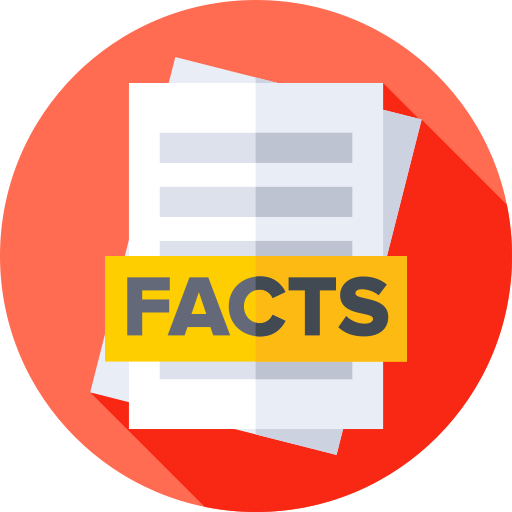Introduction

How is the Military in DR Congo and how does it work to maintain Sucity and fight terrorism? In terms of Military and security forces, we have the Armed Forces of the Democratic Republic of the Congo (Forces d'Armees de la Republique Democratique du Congo, FARDC): Land Forces (Forces Terrestres), National Navy (La Marine Nationale), Congolese Air Force (Force Aerienne Congolaise, FAC); Republican Guard (Garde Républicaine, GR)
Ministry of Interior: Congolese National Police (Police Nationale Congolaise, PNC) (2025).
Ministry of Interior: Congolese National Police (Police Nationale Congolaise, PNC) (2025).
In DR Congo, the FARDC’s primary focus is internal security and conducting operations against rebels and other illegal armed groups (IOGs) operating in the DRC, particularly in the eastern provinces of Ituri, North Kivu, and South Kivu, where more than 15 significant and cohesive IOGs operate; there is also IOG-related violence in Maniema, Kasai, Kasai Central, and Tanganyika provinces; some estimates place over 100 IOGs operating in the country, including organized militias, such as the Nduma Defense of Congo-Renewal (NDC-R), which controls a large portion of North Kivu; Mai Mai groups (local militias that operate variously as self-defense networks and criminal rackets); and foreign-origin groups seeking safe haven and resources, such as the Ugandan-origin Allied Democratic Forces (ADF; aka Islamic State of Iraq and ash-Sham in the DRC), the Democratic Forces for the Liberation of Rwanda (FDLR), multiple groups originating from Burundi, the Lords Resistance Army (LRA), and the March 23 Movement (aka M23 or Congolese Revolutionary Army), which Rwanda has been accused of supporting militarily; the FARDC incorporates some non-state armed groups and has been accused of collaborating with some IOGs, such as the NDC-R
the UN Organization Stabilization Mission in the Democratic Republic of the Congo (MONUSCO) has operated in the central and eastern parts of the country since 1999; it has nearly 14,000 personnel assigned, and its mandate had been extended to the end of 2025; MONUSCO includes a Force Intervention Brigade (FIB), the first ever UN peacekeeping force specifically tasked to carry out targeted offensive operations to neutralize and disarm groups considered a threat to state authority and civilian security (2025)
the UN Organization Stabilization Mission in the Democratic Republic of the Congo (MONUSCO) has operated in the central and eastern parts of the country since 1999; it has nearly 14,000 personnel assigned, and its mandate had been extended to the end of 2025; MONUSCO includes a Force Intervention Brigade (FIB), the first ever UN peacekeeping force specifically tasked to carry out targeted offensive operations to neutralize and disarm groups considered a threat to state authority and civilian security (2025)
Security and military information of DR Congo
| Military and security service personnel strengths | estimated 100-150,000 active FARDC (2025) |
|---|---|
| Military equipment inventories and acquisitions | the FARDC is equipped mostly with Soviet-era and older French weapons and equipment; in 2024, the DRC signed an agreement with China for the provision of military equipment (2024) |
| Military service age and obligation | 18-35 years of age for voluntary military service for men and women; 18-45 years of age for compulsory military service for men; it is unclear how much conscription is used (2024). note: in eastern Congo, fighters from armed groups, including some associated with government security forces, have been accused of forced recruitment of child soldiers |
| Military deployments | . |
| Military expenditures | |
| Military Expenditures 2024 | 1.2% of GDP (2024 est.) |
| Military Expenditures 2023 | 1.2% of GDP (2023 est.) |
| Military Expenditures 2022 | 0.7% of GDP (2022 est.) |
| Military Expenditures 2021 | 0.7% of GDP (2021 est.) |
| Military Expenditures 2020 | 0.7% of GDP (2020 est.) |
Terrorism
In DR Congo, the different Terrorist group(s) inlcude: Islamic State of Iraq and ash-Sham – Democratic Republic of the Congo (ISIS-DRC)
All Important Facts about DR Congo
Want to know more about DR Congo? Check all different factbooks for DR Congo below.









